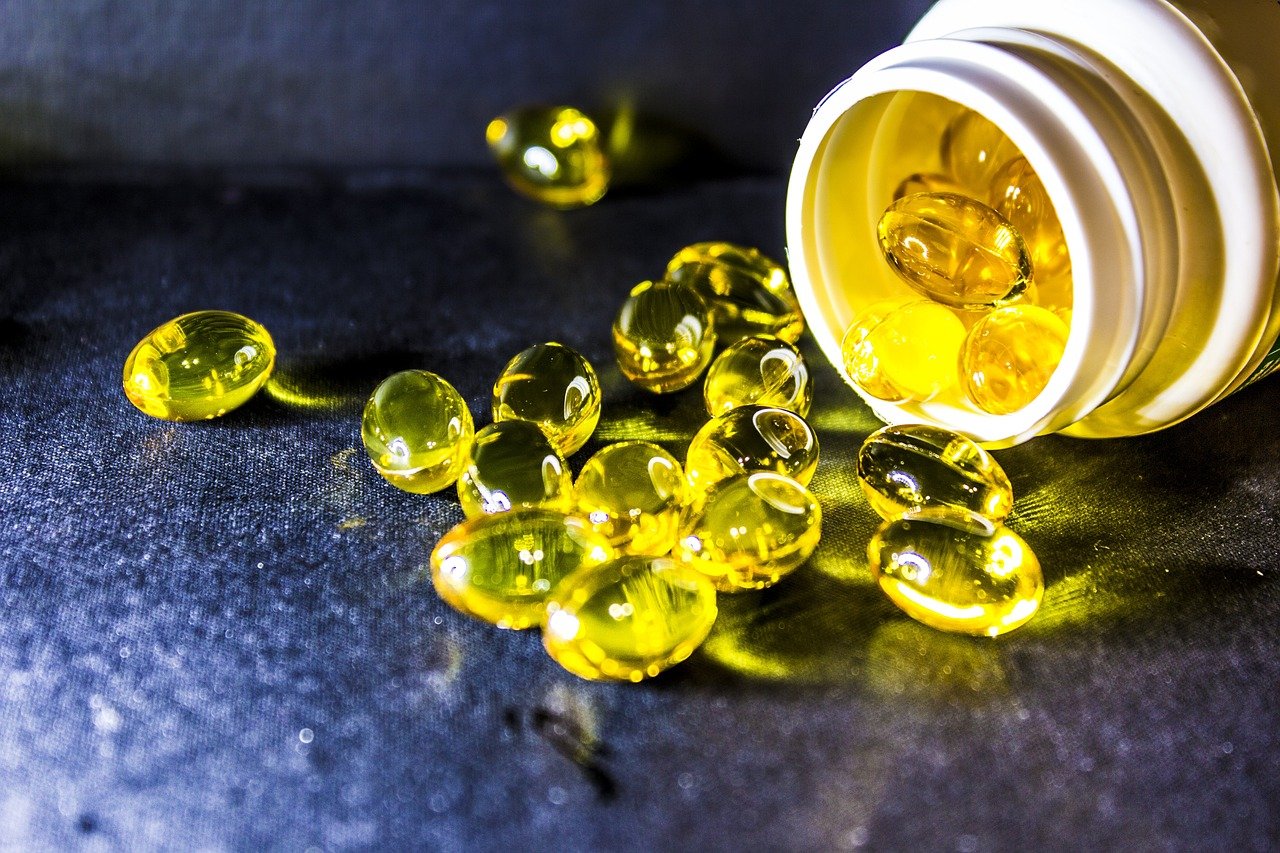Who doesn’t want to have a beautiful, bright smile with all the teeth shining like diamonds? Of course, everyone does want it. Fitness babe Nude Hentai clip trenbolone acetate fitness center at park central hotel in new york city’s midtown
What is a tooth whitening procedure?
Tooth whitening or tooth bleaching is a process done to whiten human teeth by chemical degradation of chromogens or intrinsic or extrinsic stains on the teeth’ surface. The most common agent used in teeth whitening procedures is hydrogen peroxide which is delivered either in the form of hydrogen peroxide or carbamide peroxide. Several unstable free radicals are generated after the hydrogen peroxide is diffused in the spaces on the tooth’s surface as an oxidizing agent. These unstable free radicals get themselves attached to the organic pigment molecules present in between the inorganic salts in tooth enamel, and lead to forming of small and less heavily pigmented components. These pigmented components tend to reflect less light and aid in creating a “whitening effect”.
The results of the tooth bleaching procedure are dependent on the concentration of the bleaching agent as well as the duration for which the teeth are exposed to the bleaching agent. It is recommended that the procedure should be taken under the expert supervision of a dentist or dental hygienist.
Different types of teeth staining
Tooth discoloration is broad of two types:
a. Extrinsic staining: This type of staining is secondary to various environmental factors including smoking, tobacco chewing, different pigments in beverages and foods, antibiotics, and metals such as iron or copper. Other agents that may result in the extrinsic staining or discoloration of the tooth’s surface include
-
- Dental plaque and calculus: Dental plaque is a clear biofilm of the bacteria that is formed naturally on the surface of teeth and may get stained after exposure to chromogenic bacteria such as Actinomyces Prolonged exposure to the teeth to the dental plaque may lead to demineralization of the tooth’s enamel and the formation of white spot lesions. The neglected plaque when calcifying and becoming hard leads to the formation of dental calculus. The color of calculus may vary from grey or yellow to black and brown.
- Tobacco: Yellow, brown, or black stains are formed on the neck of the tooth near the gum line because of the tar present in tobacco products.
- Betel chewing: Tannin present in the betel leaf leads to the staining of teeth with a red-brown to black color.
- Other beverages: Drinks including tea, coffee, and red wine also consists of tannin that has the potential to discolor the tooth’s surface.
- Medications: Topical medications including chlorhexidine binds tannin and may lead to the discoloration of teeth and gumline.
b. Intrinsic staining: This type of staining develops during the time of tooth development either prenatal (before birth) or during the early childhood stage. Apart from this, dental caries or decay, trauma to the tooth, dental fluorosis, and others may lead to the intrinsic staining of teeth.
Indications and contraindications of teeth bleaching procedure
Tooth bleaching procedure is highly recommended in dental conditions including tetracycline staining, dental fluorosis, and intrinsic tooth staining, while endodontic procedure known as internal bleaching, is for aesthetic purposes, and others.
On the other hand, peroxide allergy, cracks on the tooth, acid erosion, any tooth development defect, tooth pathologies such as pus or abscess in the tooth, gum infection, pregnant or lactating mother, and many others are the contraindications of the teeth bleaching and the procedure is not recommended if the patient is suffering from these conditions.
Risks of doing the tooth bleaching procedure
The most common side effects of the teeth bleaching procedure include hypersensitivity to teeth, gum irritation, and extrinsic discoloration of the tooth’s surface. Apart from these, hydrogen peroxide in 10% or more concentration may lead to irritation to the oral mucous membrane. In this concentration, hydrogen peroxide may lead to tissue damage while causing a burning sensation to the skin in the inner cheek area, gums, tongue, and other surfaces. Also, hydrogen peroxide in the bleaching agent is a carcinogen as described by the International Agency of Research on Cancer (IARC), and may act as a tumor promoter. Therefore, to make safe use of a bleaching agent, the procedure should be done by an expert professional only.
Chemical burn secondary to tooth bleaching procedure in OSMF patient
Hydrogen peroxide or carbamide peroxide has the potential to dehydrate your tooth’s surface and make them hypersensitive to hot and cold things or even cause irritation or chemical burns to your gums and inner cheek areas.
A few days back, I received a patient with a chemical burn on the inner cheek area (image given below) secondary to the tooth bleaching agent from which he was suffering for 3-4 days. He had complaints of severe pain, burning sensation, and inability to eat anything because of the ulceration. According to the patient, he was diagnosed to be suffering from Oral Submucous Fibrosis (OSMF). He had undergone an oral prophylactic procedure including scaling and root planning a few days back. Also, he undertook the dental or teeth bleaching procedure. While undergoing the procedure, as the mucosa was stiff and the patient was unable to hold the cheek retractor, he closes the mouth and the bleaching agent got spread throughout his cheek and gum area.


The patient was thoroughly examined and found to have a mouth opening or inter-incisal distance of approximately 25 mm. The inner mucosa was stiff and the parallel running fibrous bands were present in the molar to the retromolar area (posterior or back side of the inner cheek area). On careful and detailed examination, an extensive ulcer was found on the right inner cheek area with a grayish-white overlying pseudomembranous layer. The ulcer was a result of the sudden spilling of chemicals, in this case, the tooth-bleaching agent.
The tissue exposed to chemicals usually returns to the normal state within 7-10 days but may leave a serious impact on people exposed to a sudden high concentration of hydrogen peroxide.
Managing the burnt areas
In case of accidental spilling of the bleaching agent in your mouth, firstly curb the treatment at the earliest without proceeding any further. Rinse your mouth with salt water to flush out all the chemical residue. The minor burns will be soothed because of the salt water. Over-the-counter medications are found helpful in cases of minor pain. In case of severe burns and pain, you need to visit and consult your stomatologist who will help you in getting rid of the symptoms.
Conclusion
Though hydrogen or carbamide peroxide is used extensively as a tooth-bleaching agent, it should be used with much care and under the expert’s supervision to avoid any major risk involved. Patients with OSMF should be given special attention as they already have atrophied and sensitive oral mucosa that is more prone to traumatic changes.
Considerable attention with proper diagnosis and management will help in avoiding any mishappenings during the procedure. Also, always be in contact with your stomatologist (and expert in Oral Medicine) to help you avoid any major health risks during procedure.






